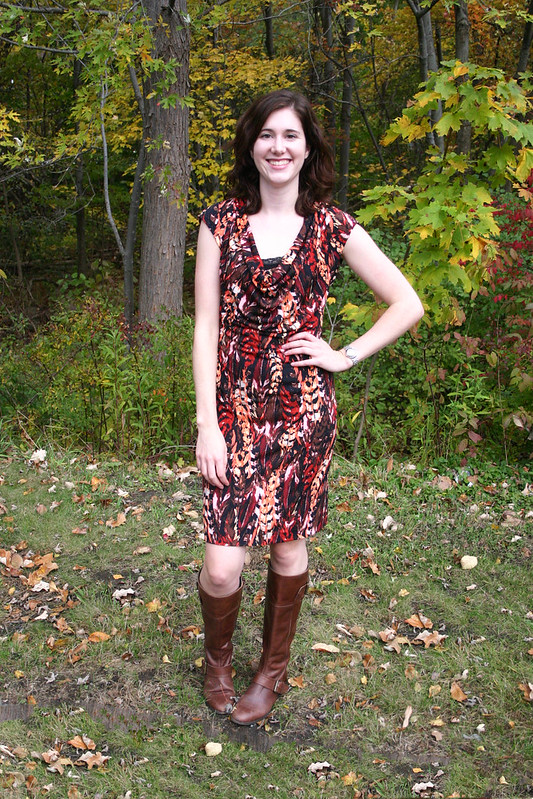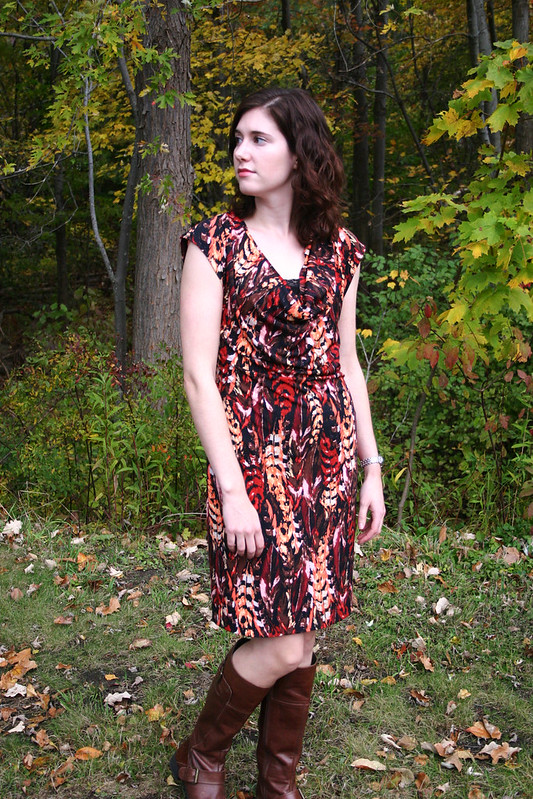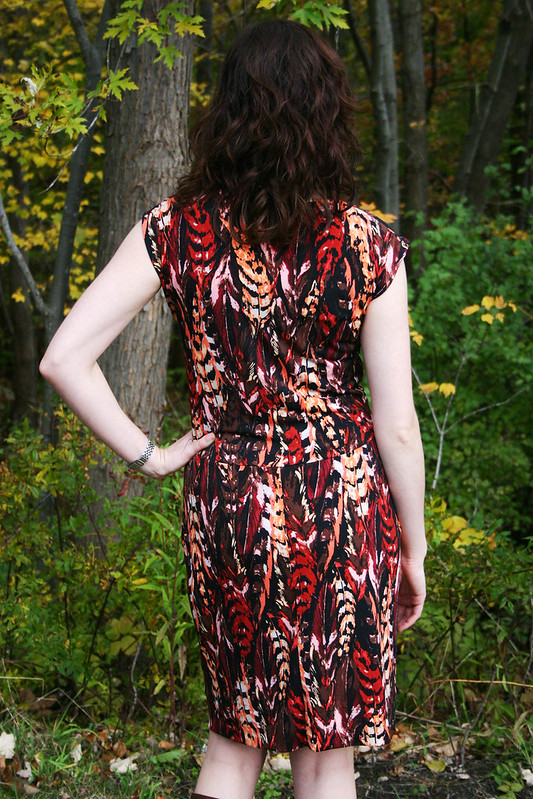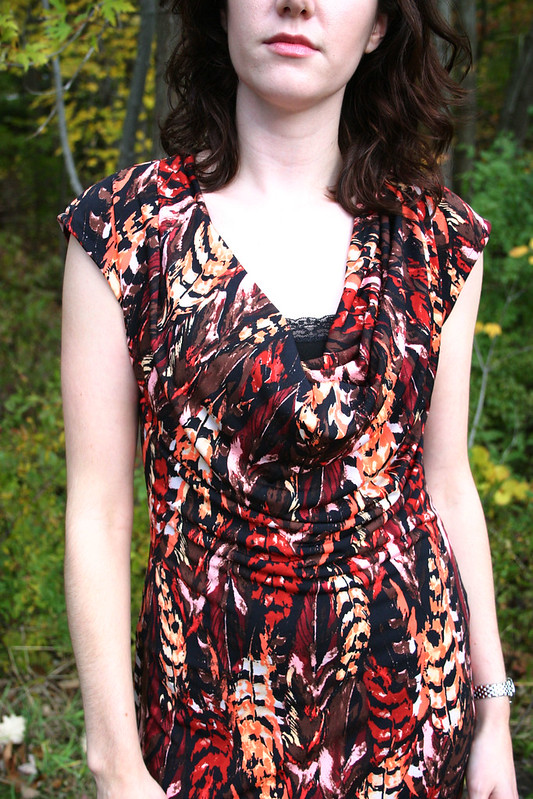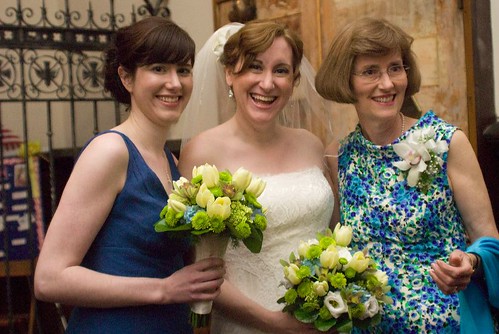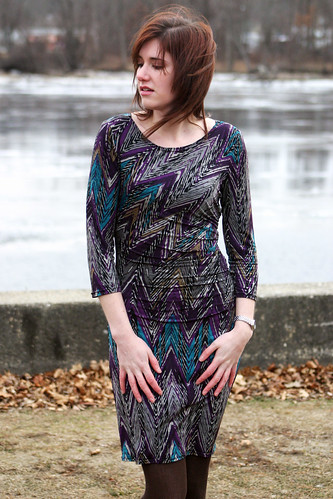
That’s me with my boyfriend up above. He’s such a fantastic guy and I’m so lucky to have him in my life and all sorts of mushy stuff like that. He takes a lot of photos for this blog (I call him my “creative director”), gives me ideas on what to write about, and even was a recipient and model for a scarf I designed and made for him for Christmas last year.
Which brought me to thoughts about sewing something for him. He wears my scarf all the time (love him!) and the thought of making menswear intrigues me since I know nothing about sewing for guys. So I looked into what patterns were available for men in an effort to find something to stitch up for him, but I was a little disappointed with what I found.
Men’s fashions today seem pretty basic compared to the hey-days of the 70’s when menswear really seemed to be at a pinnacle of style that hasn’t been seen since then – take a look at this post from Peter at Male Pattern Boldness, a blog that I love to read. He’s absolutely right though, the lack of stylish, contemporary sportswear patterns stems from the facts that “most men don’t follow fashion, plus men’s clothes don’t really change much from decade to decade” and “most men don’t sew and not enough do to make men’s patterns profitable.” How sad but true. Here’s the men’s pattern selection from the Big 3:

These lovely seven patterns (most of which are unisex and also for kids) make up the selection of men’s patterns from Butterick. Heck, two of them are for religious purposes and one is for doctor’s scrubs! Some selection, Butterick. If you want Pj patterns, Butterick is the place to go, gentlemen.
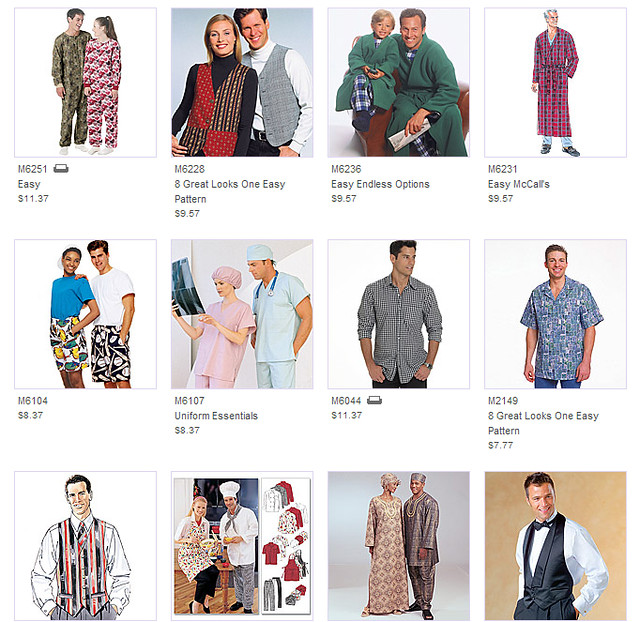
A little bit more of an expansive collection from McCalls. This time you can be a chef or stitch a fancy vest, ooo.
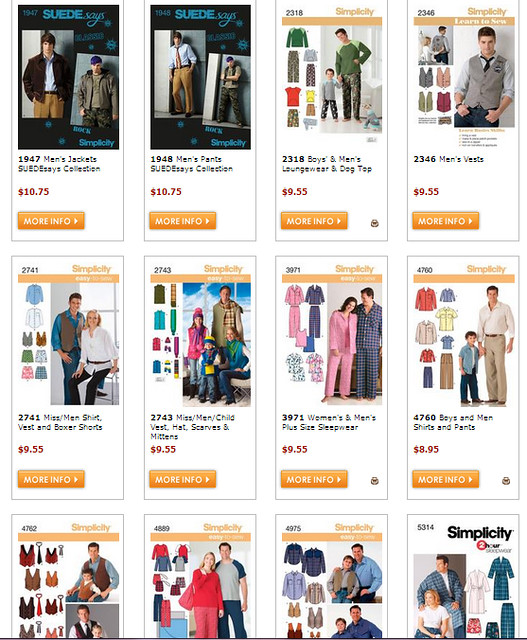
Simplicity, hands down, has the largest selections of men’s sewing patterns. Ties, vests, western shirts, pants, etc. Some of them are a little more, erm, “fashion forward” such as this jacket, but I think it’s due to the styling of the models on the envelope; they could be quite nice depending on the fabric selection. I did get a kick out of this pattern, which is like one-stop shopping: button-down shirt, vest, and boxers. Hey, what more do you need in pattern!
So it seems like the standard fair available for men’s sewing patterns are pajamas, boxers, and button-down shirts. Hooray. It gets a little more adventurous when you delve into men’s vintage patterns, like Peter does.
Here’s the pattern I think I would try out. At least if he doesn’t like it, I can say that I’ve attempted to sew menswear and I would have a cool men’s shirt I could style and wear with a mini skirt, leggings, and boots.

I love Colette Patterns so much and was impressed with how thorough the instructions were for my easy Ginger Skirt, so it seems like a natural choice to pick the Negroni shirt for my first foray into menswear. I’m thinking I’ll try the long sleeved version in some kind of shirting like this or this (he’s not a fan of plaid or gingham, no fun!), or whatever he agrees to that would seem “wearable” in his mind.
Have you sewn menswear? What did you think?
